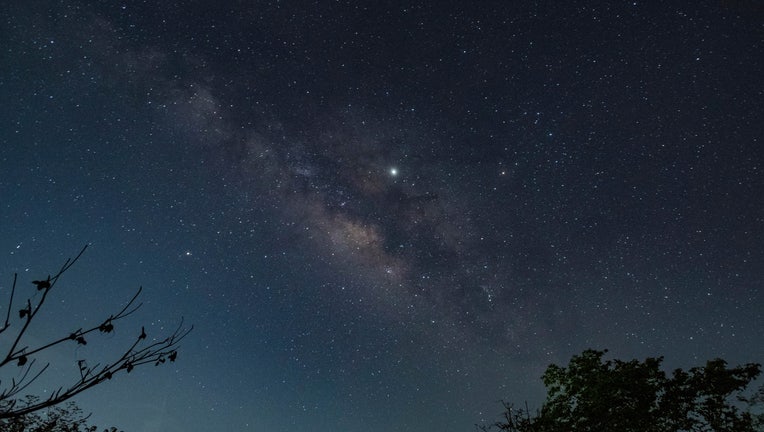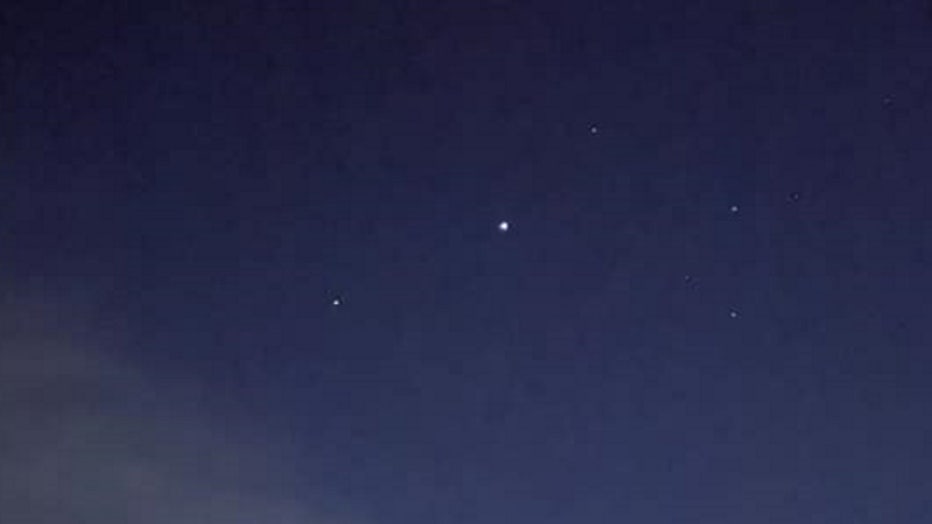'Christmas Star’ to light up night sky for first time in nearly 800 years

Seen in this photograph is the beautiful spiral arm of our galaxy; stars of the constellation Libra, constellation Scorpius, Planet Jupiter (Bright Spot at the Center) & Majestic Saturn at 8 o'clock of Jupiter. This photo was taken at Varasgaon d
ORLANDO, Fla. - Stargazers are in for a very rare treat this December.
On December 21, Jupiter and Saturn will do something not seen since the Middle Ages -- they will look like a double planet.
The rare occurrence will happen after sunset, which is the start of the winter solstice.
“Alignments between these two planets are rather rare, occurring once every 20 years or so, but this conjunction is exceptionally rare because of how close the planets will appear to one another,” said Rice University astronomer Patrick Hartigan in a statement.
MORE NEWS: Oklahoma zoo shares ultrasound of baby elephant due in 2022

Jupiter and Saturn in the night sky over Broward County, Florida, on July 28, 2020. (WTVT)
The last time this happened was just before dawn on March 4, 1226.
Between Dec. 16 and Dec. 25, the two planets will be separated by less than a full moon, Hartigan added.
“On the evening of closest approach on Dec. 21 they will look like a double planet, separated by only fifth the diameter of the full moon,” Hartigan explained. “For most telescope viewers, each planet and several of their largest moons will be visible in the same field of view that evening.
Back in 1614, German astronomer Johannes Kepler suggested that a conjunction of Jupiter and Saturn may be what was referred to as the "Star of Bethlehem" in the Nativity story, while others have suggested that the "Three Wise Men" could have been a triple conjunction of Jupiter, Saturn, and Venus. But it's unknown if the “Christmas Star” was a real astronomical event, like a planetary conjunction or a comet.
This month's celestial event can be observed anywhere on earth, but Hartigan noted the farther north someone is, "the less time they have to catch a glimpse."
MORE NEWS: Tennessee baby born from embryo frozen more than 27 years ago
NASA says the conjunction will appear "spectacular" with a backyard telescope or even with the naked eye.
Stargazers should try to see the event or risk waiting a long time for the next occurrence. The two planets won't be this close to each other again until March 15, 2080, and sometime after the year 2400.
FOX News contributed to this report

